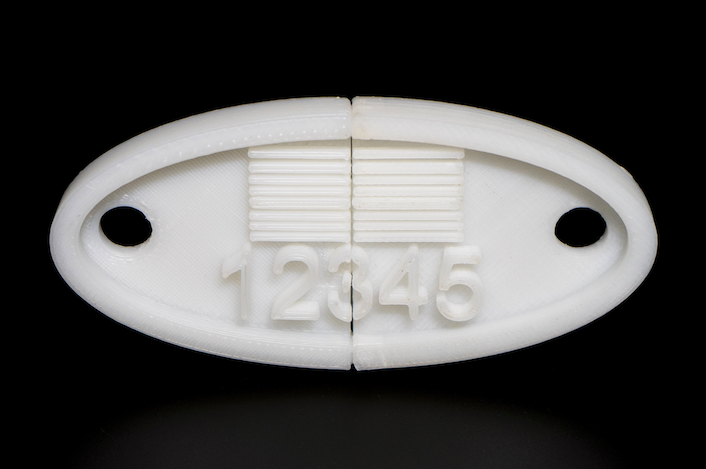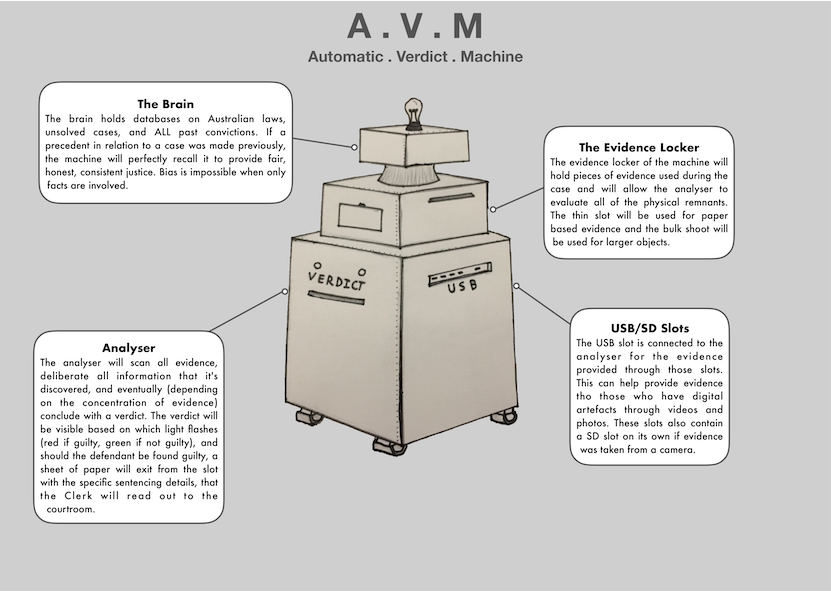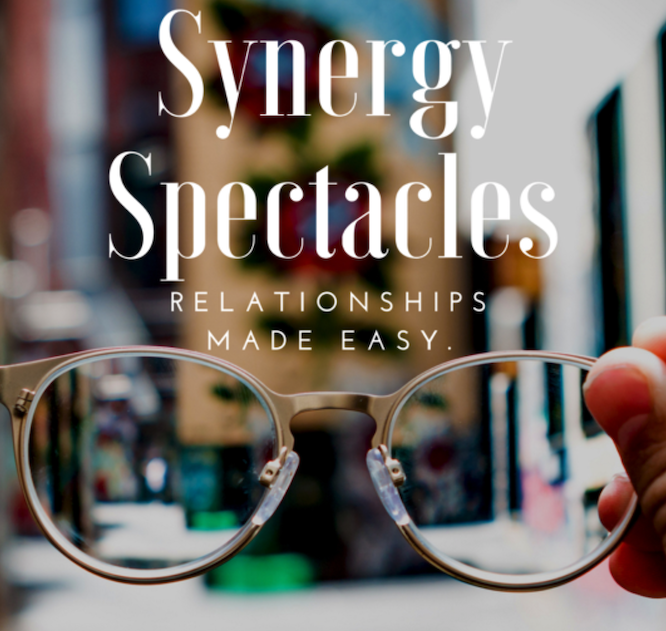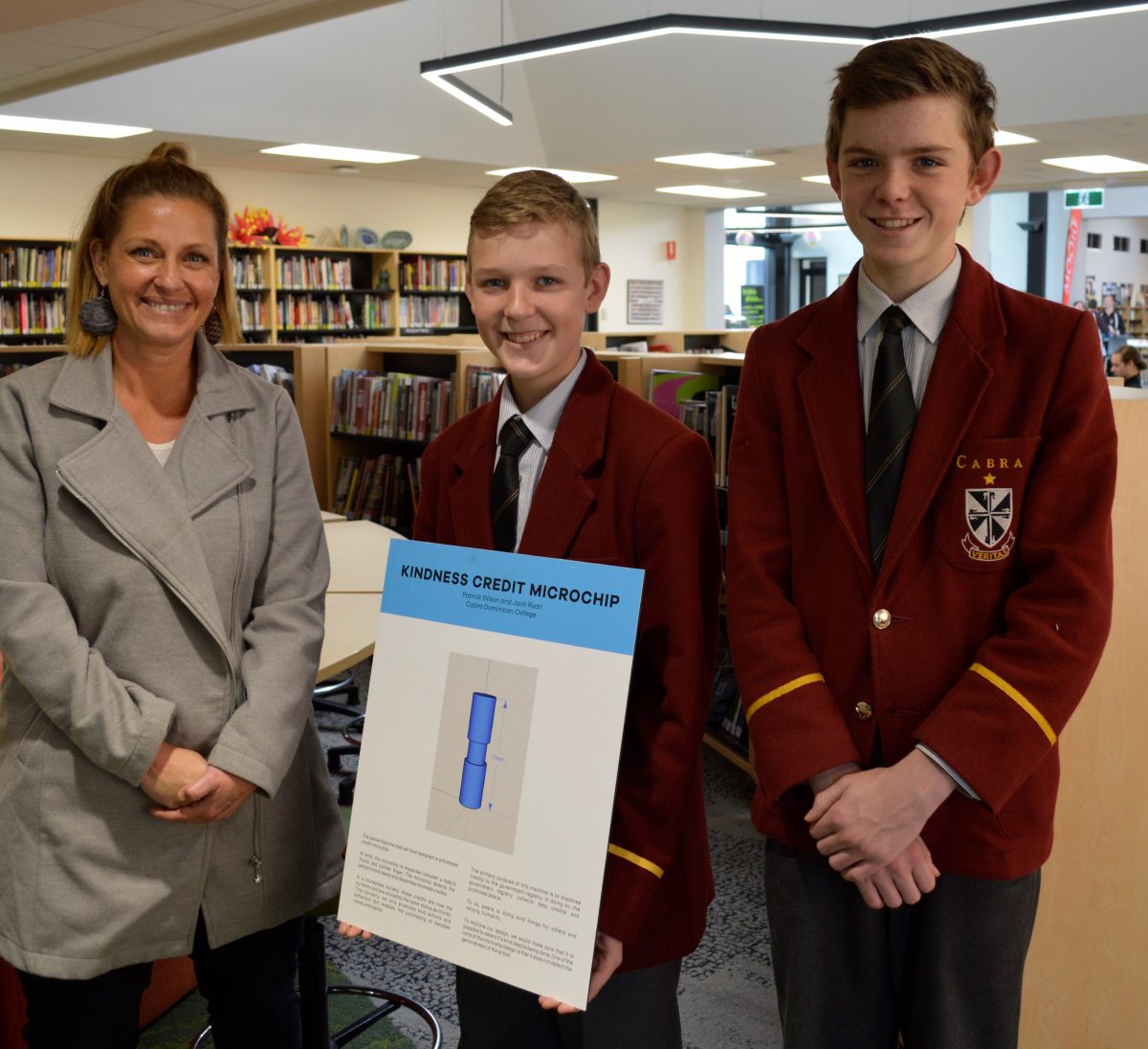Posted 27 Aug

We spend a lot of time thinking about conflict, but not as much thinking about peace. With the increasing polarisation of the world, it’s understandable. But it also makes sense to think about the intentional pursuit of peace. This was the sentiment behind our recent WAGING PEACE exhibition. We wanted to get young people thinking about peace, what it means, and changes we could make to achieve it.
One of MOD.’s design principles is to be Participatory. We involve our visitors in planning, contributing, and testing exhibitions. Then when the exhibition launches, we want them to be active participants when they visit too. In WAGING PEACE we put out a call out to school students across the state to engage in speculative design to shape one of the exhibits, Peace Machines.
Speculative design is one of the most interesting parts of futures thinking. The point isn’t to predict what will happen, but instead to think about how the world could look. And then ask, is it a world that we want?
We asked the students to think about designing a machine that could create peace. The examples we gave were a t-shirt that gives virtual hugs, or a machine that brings you closer to someone so that you can literally see “eye to eye”. We weren’t sure what we’d get.

Some 250 students across South Australia responded to the design call. In a perfect example of speculative design, students sent us designs from all disciplines, of all themes. We had students who improved juries, creating an Automatic Verdict Machine. And other students who used their English studies of Romeo and Juliet to design machines to improve relationships. And some students who 3D printed a solution to prevent family separation as they crossed borders.
Kristin Alford, the Director of MOD., recently returned from the PRIMER19 Conference in New York City. She explored these projects in a talk which considered the way these projects make us feel. In many ways, these students have struck the heart of widespread societal issues. If you’re interested, you can watch it here.

It’s so important to do speculative design. Kristin delves into this in her recent PRIMER talk and gives three reasons for it. Firstly, for the thinking that goes into designing something from the future. It empowers young people to think about the future we are creating. But then for the audience reaction and the conversations that are sparked from looking at the designs. And finally, for the global connection. There is huge value in young people putting themselves into other people’s shoes; it promotes empathy and connects them to the world around us.
And it works. At PRIMER we entered a few of the designs into an Emerging Designer competition, and a group of students from Cabra Dominican College were awarded with an Honourable Mention. We’d like to congratulate Patrick Gilson and Jack Ryan for their work, and their very excellent (and creepy) Kindness Credit Microchip. You can see their work in full here.

Speculative design is key in a future-focused museum. It’s hard to know what we want next year to look like, let alone the future of humanity. But these sorts of projects are great to get our brains turning. They make us think about what is the worst case, and then the best case, and then something that sits in the middle. In the case of the Peace Machines, we had a real spread, and that is a sign that the project was a success.